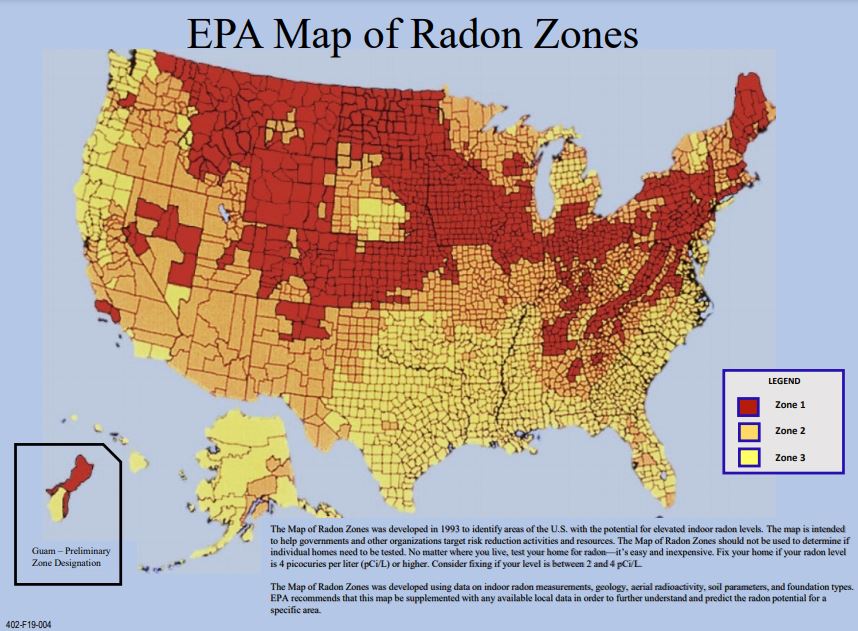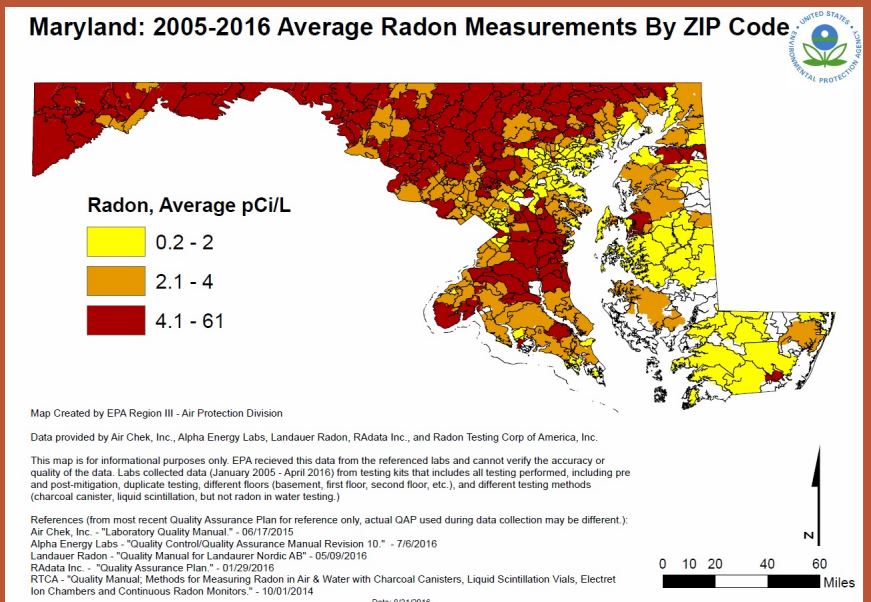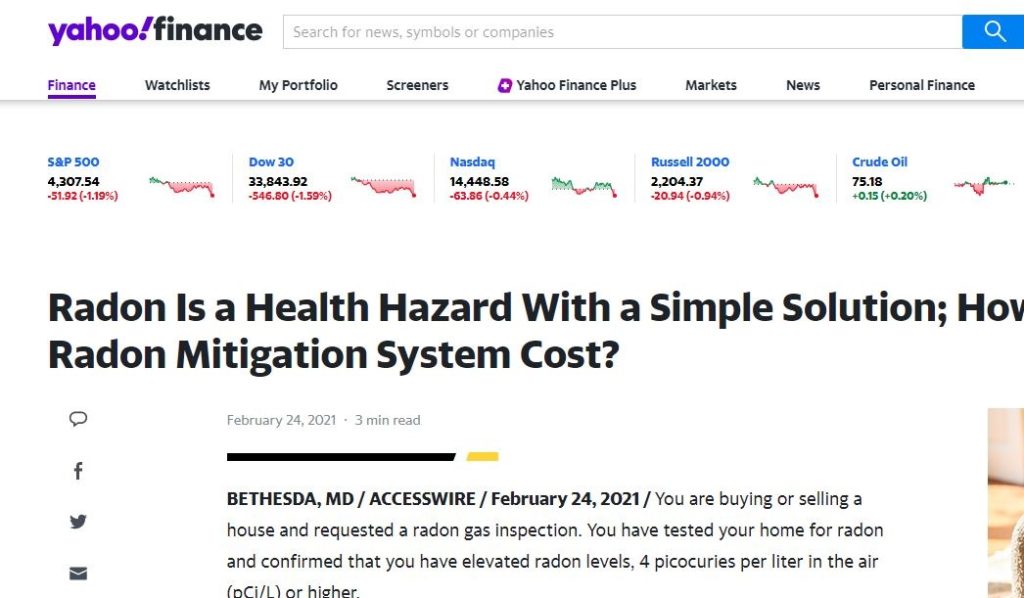The Importance of Radon Testing When Building a New Home
- Written by: Kate Holder
- Category: Radon Testing
- Published: February 2, 2023
Radon is a naturally occurring gas that can be found in the soil and can seep into your home. Radon is an invisible, odorless gas that has been proven to be a health hazard in high concentrations. Testing for radon when building a new home is essential to ensure the safety of your family and to know what kind of preventative measures need to be taken. Let’s take a look at why you should test for radon when building a new home.
The Dangers of Radon Gas
Radon gas is caused by the break down of uranium in soil, rock, and water. It enters the air we breathe and can build up inside homes without proper ventilation. Prolonged exposure to high levels of radon can lead to lung cancer, which is why it’s important to test for this harmful gas before moving into or remodeling your home.
Testing for Radon Gas
Testing for radon gas is fairly simple and inexpensive. You can purchase a DIY testing kit from your local hardware store or have professionals come in and test your home prior to moving in or remodeling it. If the results are higher than 4 picocuries per liter (pCi/L), then you may want to consider investing in radon mitigation services, such as installing fans, piping systems, or sealing cracks in your foundation. Doing so will help reduce the amount of radon entering your home and protect you from its dangers.
Accounting for Your Area’s Climate
It’s important to note that where you live matters when it comes to testing for radon gas. Different areas have different climates that can affect how much radon gas accumulates indoors as well as how quickly it dissipates outdoors after being vented away from the house using fans or other methods. For example, if you live in an area with cold winters and hot summers, then this could affect how much radon accumulates indoors due to temperature differences between outside air and indoor air. This means that testing for radon may need to be done more frequently if there are large fluctuations between summer and winter temperatures where you live.
Testing for radon prior to moving into or remodeling a home is essential because prolonged exposure to high levels of this invisible gas can lead to serious health issues like lung cancer. Fortunately, testing kits are inexpensive and easy-to-use so anyone can do it themselves if they prefer not hiring professionals right away. However, accounting for your area’s climate when testing for radon may be necessary due to temperature differences between outside air and indoor air during certain seasons like winter or summer months which could affect how much radiation accumulates indoors over time if not taken into consideration ahead of time. Overall, testing for radon when building a new home should always be conducted as part of any homeowner’s pre-move checklist!











